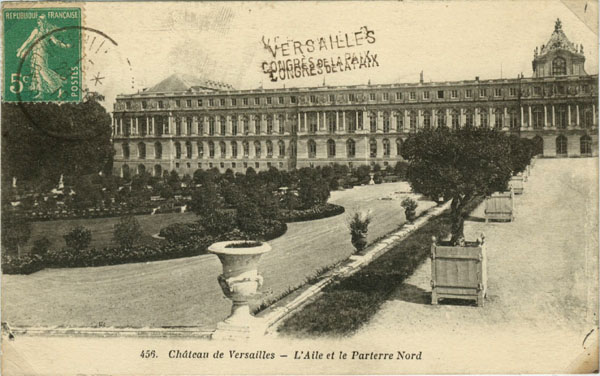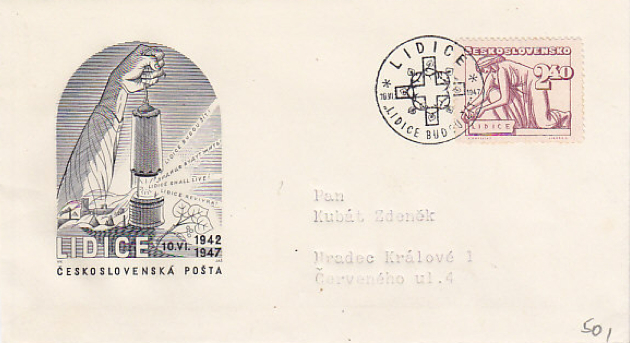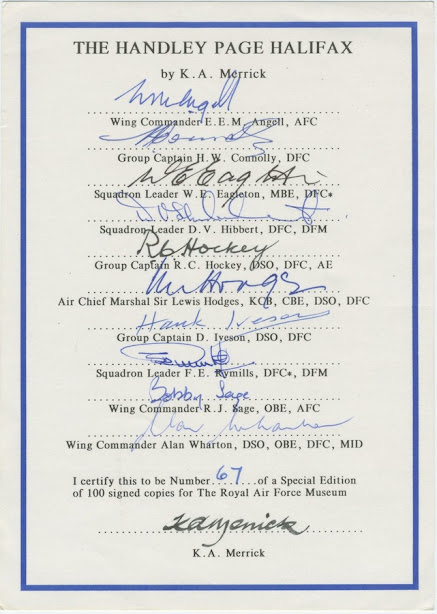On 8 June 1794, Maximilien Robespierre presided over the Festival of the Supreme Being, the inauguration of a new civil religion that was to be a high point of the remaking of France in accordance with the principles of revolutionary reason. Instead, it proved to be a foreshadowing of his downfall.
a belief in some divine presence was essential to the philosophical and social order
Contrary to the popular stereotype, Robespierre was not some bloodthirsty monster: in fact, he tried to rein in the "enragés" and "terrorists" who, oblivious to political reality, insisted on implementing ultra-radical policies and carried out murderous and indiscriminate retribution against any presumed "counterrevolutionary" elements of the population. For Robespierre, the so-called "Terror" was just "
prompt, severe, inflexible” justice unique to revolutionary situations.
Part of his opposition to the "enragés" also derived from their radical atheism, which struck out against religion, the religious, and monuments of religious cultural heritage alike and did not scruple at the casual murder of priests and nuns. Although Robespierre had no use for the traditional church, he condemned the radical "de-Christianizers" and upheld freedom of worship. For him, as a disciple of Rousseau, a belief in some divine presence was essential to the philosophical and social order, which, he believed, rested on the moral and spiritual certainty of reward and punishment.
"The day forever fortunate has arrived, which the French people
have consecrated to the Supreme Being"
The
Declaration of the Rights of Man and the Citizen appended to the
radical French Constitution of April 1793 acknowledged the existence of Supreme Being. Attempting to address the twin crises of the Revolutionary war and the internal divisions of the Revolutionary camp the following spring, Robespierre sought to institutionalize this belief. He delivered a
Report to the National Convention on the Connections of Religious and Moral Ideas with Republican Principles, & on National Festivals on 18 Floréal, Year II (7 May 1794).

The day forever fortunate has arrived, which the French people
have consecrated to the Supreme Being. Never has the world which
He created offered to Him a spectacle so worthy of His notice.
He has seen reigning on the earth tyranny, crime, and imposture.
He sees at this moment a whole nation, grappling with all the
oppressions of the human race, suspend the course of its heroic
labors to elevate its thoughts and vows toward the great Being
who has given it the mission it has undertaken and the strength
to accomplish it.
Is it not He whose immortal hand, engraving on the heart of man
the code of justice and equality, has written there the death
sentence of tyrants? Is it not He who, from the beginning of time,
decreed for all the ages and for all peoples liberty, good faith,
and justice?
He did not create kings to devour the human race. He did not create
priests to harness us, like vile animals, to the chariots of kings
and to give to the world examples of baseness, pride, perfidy,
avarice, debauchery, and falsehood. He created the universe to
proclaim His power. He created men to help each other, to love
each other mutually, and to attain to happiness by the way of
virtue.
It is He who implanted in the breast of the triumphant oppressor
remorse and terror, and in the heart of the oppressed and innocent
calmness and fortitude. It is He who impels the just man to hate
the evil one, and the evil man to respect the just one. It is
He who adorns with modesty the brow of beauty, to make it yet
more beautiful. It is He who makes the mother's heart beat with
tenderness and joy. It is He who bathes with delicious tears the
eyes of the son pressed to the bosom of his mother. It is He who
silences the most imperious and tender passions before the sublime
love of the fatherland. It is He who has covered nature with charms,
riches, and majesty. All that is good is His work, or is Himself.
Evil belongs to the depraved man who oppresses his fellow man
or suffers him to be oppressed.
The Author of Nature has bound all mortals by a boundless chain
of love and happiness. Perish the tyrants who have dared to break
it!
Republican Frenchmen, it is yours to purify the earth which they
have soiled, and to recall to it the justice that they have banished!
Liberty and virtue together came from the breast of Divinity.
Neither can abide with mankind without the other.
O generous People, would you triumph over all your enemies? Practice
justice, and render the Divinity the only worship worthy of Him.
O People, let us deliver ourselves today, under His auspices,
to the just transports of a pure festivity. Tomorrow we shall
return to the combat with vice and tyrants. We shall give to the
world the example of republican virtues. And that will be to honor
Him still.
[source]
Following the political and philosophical exposition, the Report set forth a 15-point decree on the cult and its festivals.
First Article.
The French people recognizes the existence of the Supreme Being, and the immortality of the soul.
II.
It recognizes that the manner of worship worthy of the Supreme Being is the practice of the duties of man.
III.
It places chief among these duties: to detest bad faith and tyranny, to punish tyrants and traitors, to assist the unfortunate, to respect the weak, to defend the oppressed, to do all the good that one can to others, and to be unjust toward no one.
IV.
Festivals shall be instituted to remind men of the Deity and of the dignity of their state....
It concluded with the outline of a Festival of the Supreme Being, proposed by the artist Jacques-Louis David, to be held on 20 Prairial Year II (June 8, 1794)
On 4 June 1794, Robespierre was elected President of the Convention (=legislature), and on 8 June, he presided over the Festival of the Supreme Being, according to the aforementioned
mise-en-scène.
 |
Festival of the Supreme Being, from Charles François Gabriel Levachez, and Son, and
Jean Duplessi-Bertaux, Tableaux historiques de la Révolution Française, 1798-1804
(folio engraving; image size: c. 190 x 250 mm) |
Unlike the more shallow, who felt the need to prove their revolutionary bona fides through ostentatiously "populist" dress and demeanor, Robespierre saw no contradiction in combining the most radical principles with traditional sartorial propriety: he was a fastidious dresser who still wore a powdered wig and silk stockings. A
contemporary account
described him as presiding over the festival "dressed in a sky-blue coat, with exquisite ruffles of
lace, and holding a bunch of flowers, fruit, and ripe wheat in his
hand."
The hostile image below, from a nineteenth-century history, conveys the stereotypical view of him: murderous monster as fastidious prig.
from the first French edition of Alphonse de Lamartine's
Histoire des Girondins (History of the Girondists--the moderate left-center faction in the Revolution). The work ran to 61 "books" divided among 8 volumes, whose publication (Paris: Furne et Cie.,1847-50) coincided with the outbreak of a new revolution, in which the Romantic poet and liberal politician himself briefly played a key part. It was accompanied by 39 steel engravings of Revolutionary figures, along with a portrait of the author. The plates, drawn by Denis August Marie Raffet (1804-60), engraved by various artists, and printed by Plon, were issued separately in 13 installments costing 1 franc each, from 1848 to 1850 (sheet size: c. 19.5 x. 25.7 cm). This engraving is by one
Bosselman, active in the first half of the nineteenth century.
All did not go as planned, either. When he symbolically set fire to the statue of Atheism to reveal the statue of Wisdom rising form its ashes, the latter emerged rather scorched. Whereas Robespierre viewed the Festival as a crucial last attempt to reinvigorate the Revolution, both contemporaries and modern scholars have seen it as one of the factors that contributed to his downfall. It alienated both de-Christianizers and more traditional deists; critics accused him of megalomania and seeking to set himself up as a new "pope" or "Mahomet" (Muhammad).
When despite the new military victory of
Fleurus (26 June), which seemed to secure the Republic's fate, Robespierre insisted on ratcheting up the Terror against internal enemies, both left and right, he found that he longer had a base of support and fell victim to his foes on both extremes a month later. The radical Revolution died with him.















